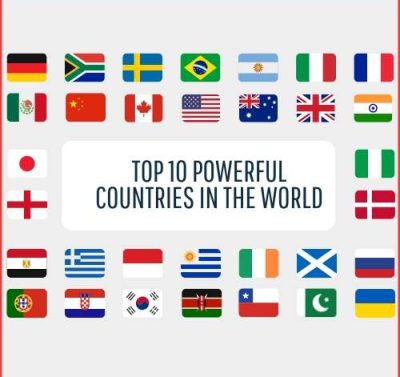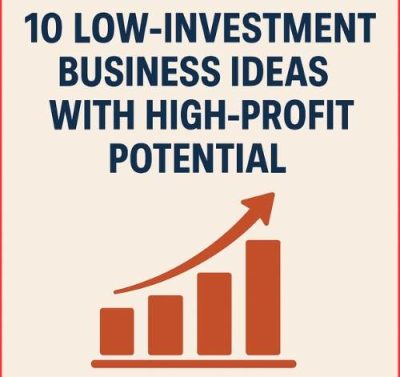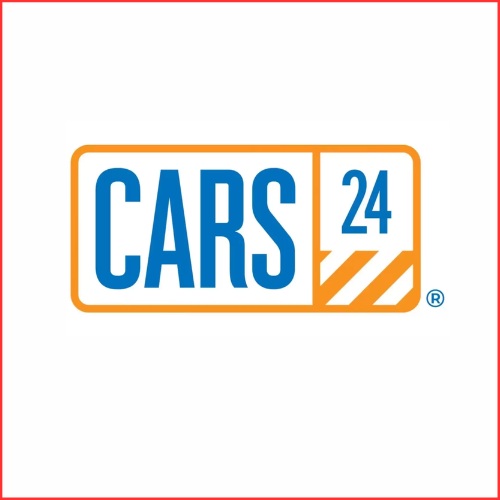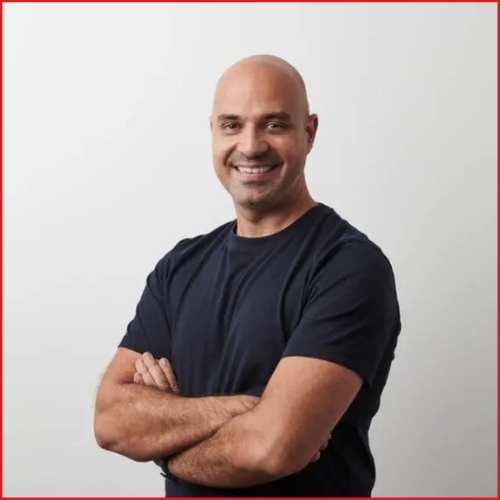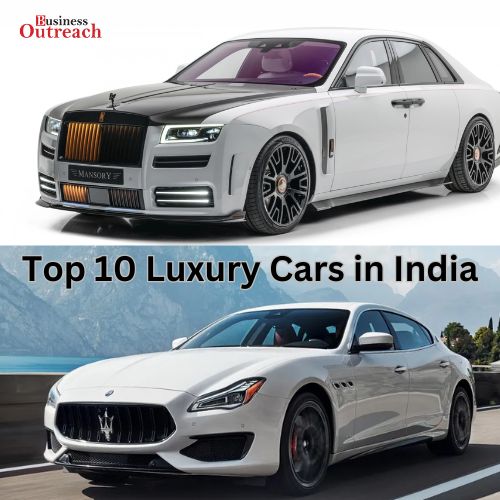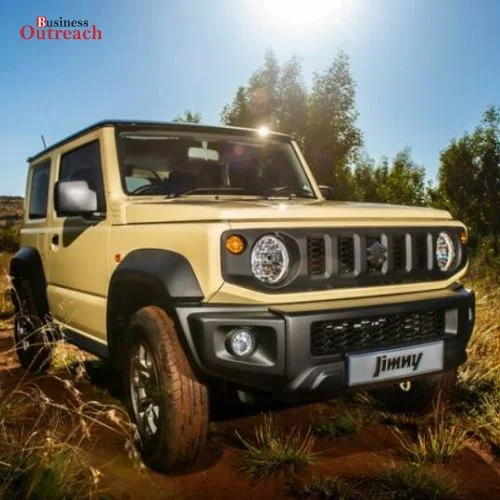On Tuesday, Nitin Gadkari, the minister of state for roads and highways, showcased a Toyota Innova HyCross ethanol-powered car. This vehicle is reportedly the first electrified flex-fuel BS-VI (Stage-II) vehicle in the world.
Internal combustion engines of flexible fuel vehicles (FFVs) allow them to run on gasoline and any ethanol-gasoline mixture. The highest mixing percentage up to this point has been set at roughly 83 percent, however, this model claims to run on 100 percent ethanol.
India may avoid spending its valuable foreign currency on the import of petroleum by switching to biofuels. “We must eliminate all of our oil imports if we hope to achieve Atamnirbhar (self-sufficiency). It is currently 16 lakh crore. At the Mint Sustainability Summit last week, Gadkari remarked, “This is a significant loss to the economy.
Sustainable development requires the use of alternative and environmentally friendly fuels in vehicles. “We have implemented several sustainability measures, but more are required because pollution is a problem. The environment and ecology are crucial. Pollution in the air and water must be decreased. Our rivers’ water quality has to be raised. It’s a significant challenge. Our ecosystem and environment need to be protected, he remarked.
The union minister last year unveiled the Toyota Mirai Electric Vehicle, a hydrogen-powered vehicle, to support alternative and green fuels.
In order to limit the consumption of fossil fuels, the government has started the Ethanol Blended Petrol (EBP) Program. India has set a goal of blending 20% ethanol into gasoline by 2025.
A government study found that using E20 fuel resulted in greater reductions in carbon monoxide emissions, with two-wheeler and four-wheeler emissions falling by 50% and 30%, respectively. Ethanol encourages full combustion. 20% less hydrocarbon emissions were produced, however, there was no discernible trend in nitrous oxide emissions because it relied on the type of vehicle/engine and the circumstances under which it was operating.






